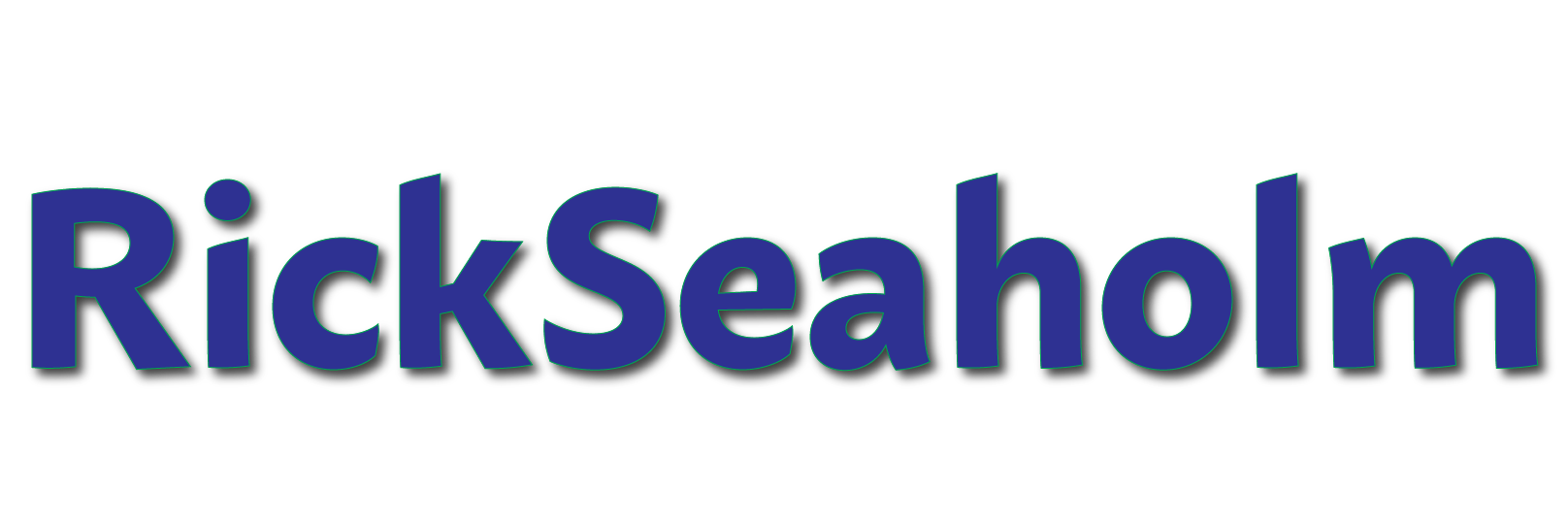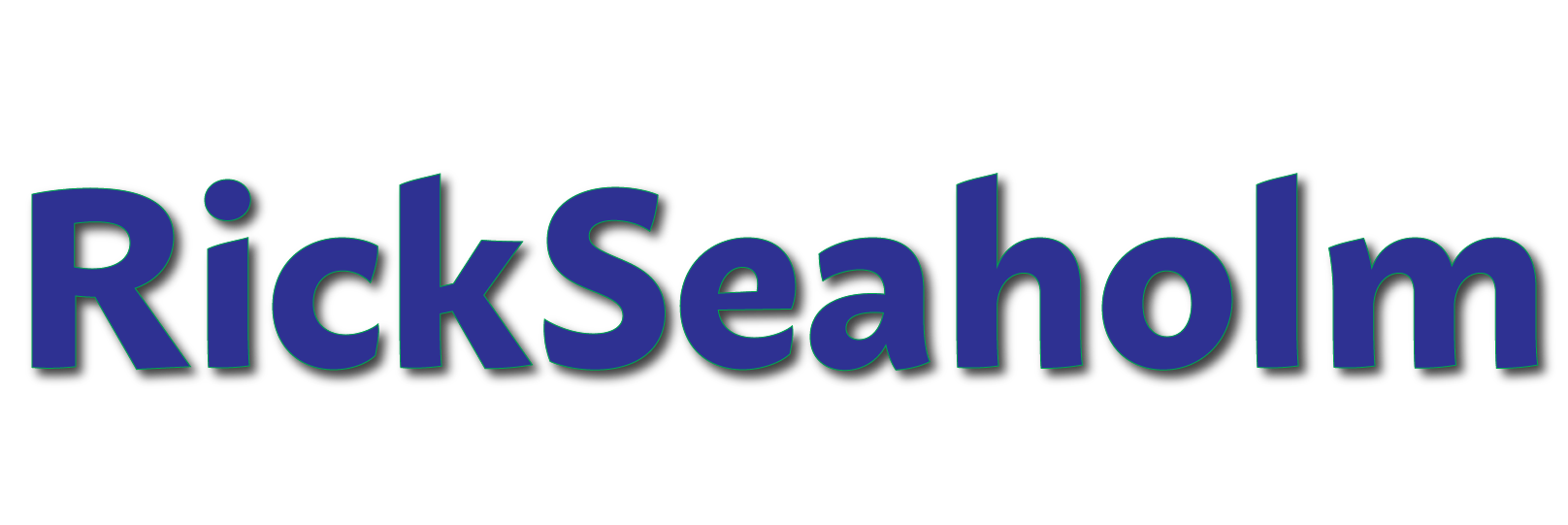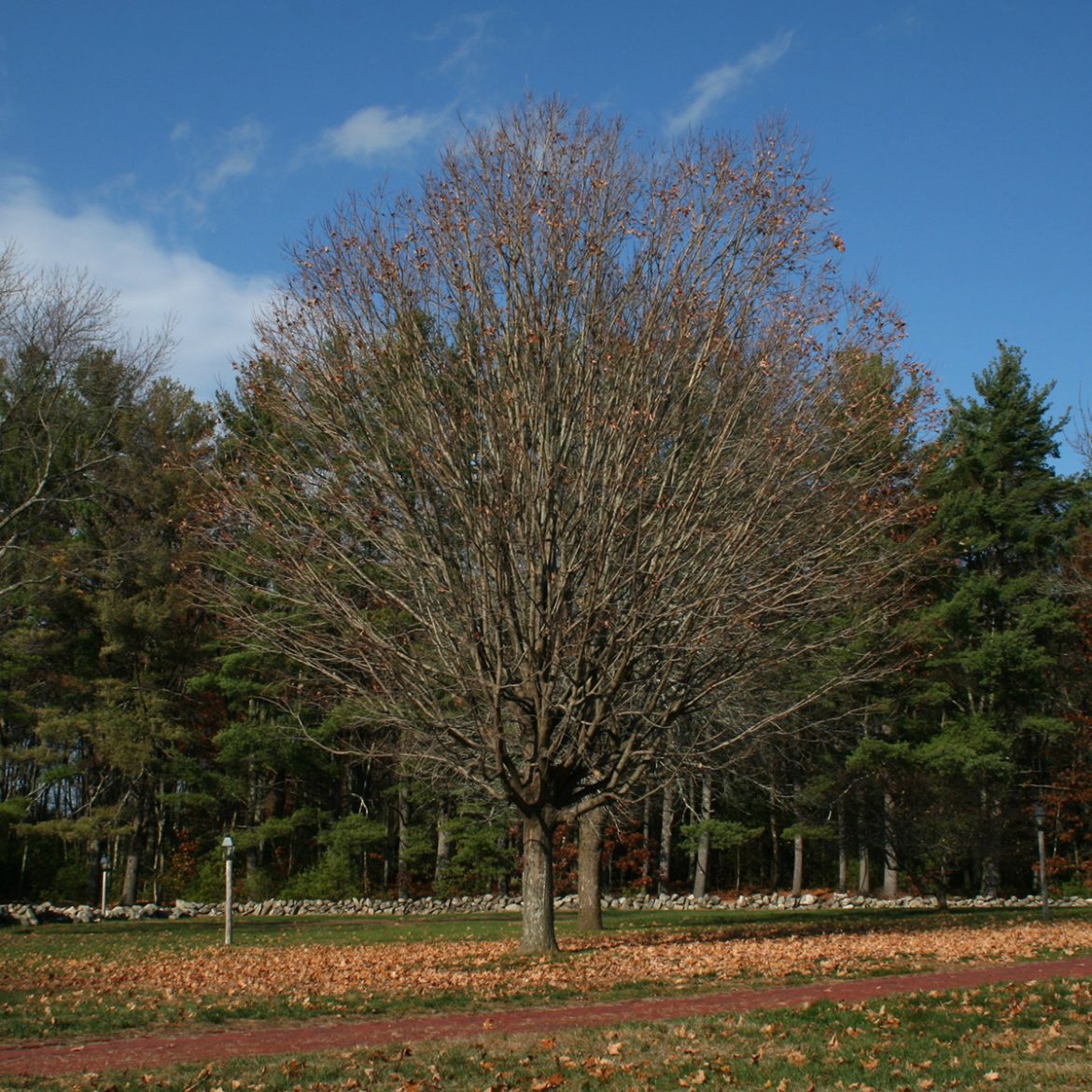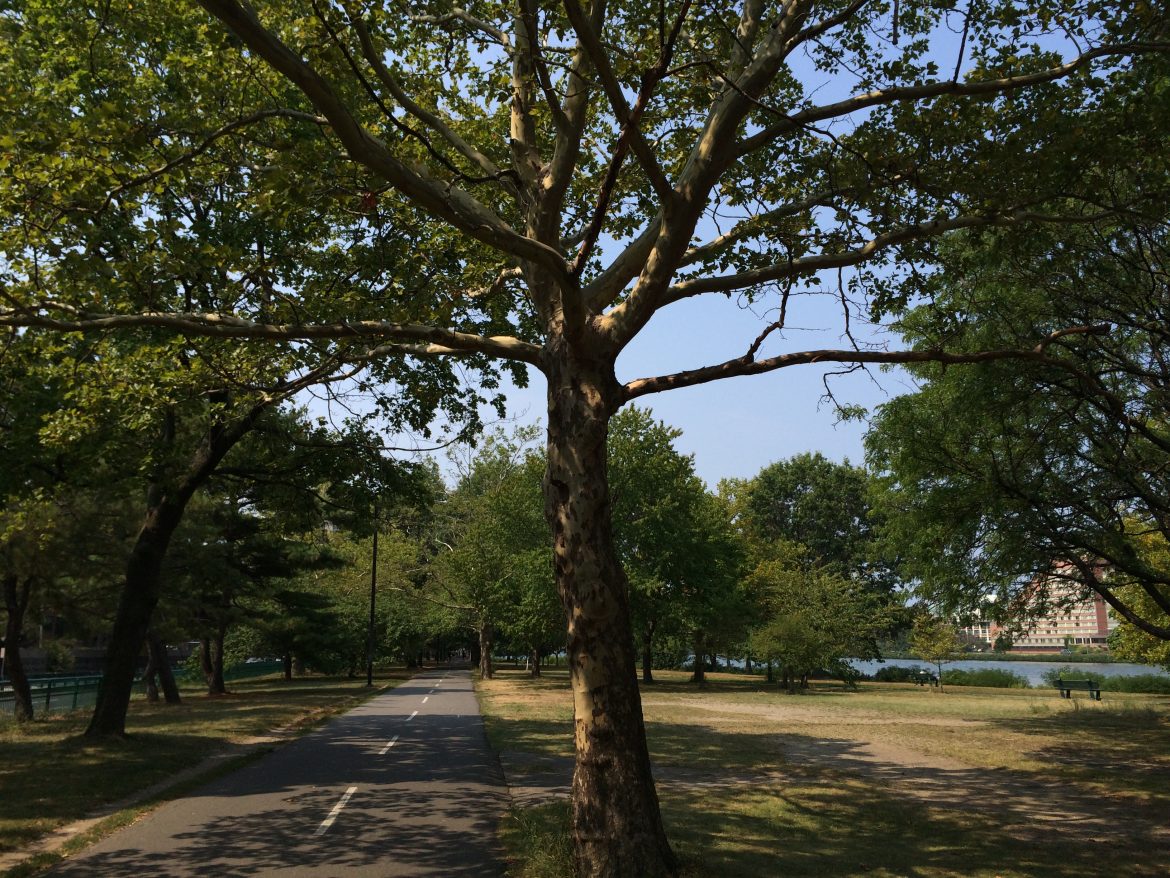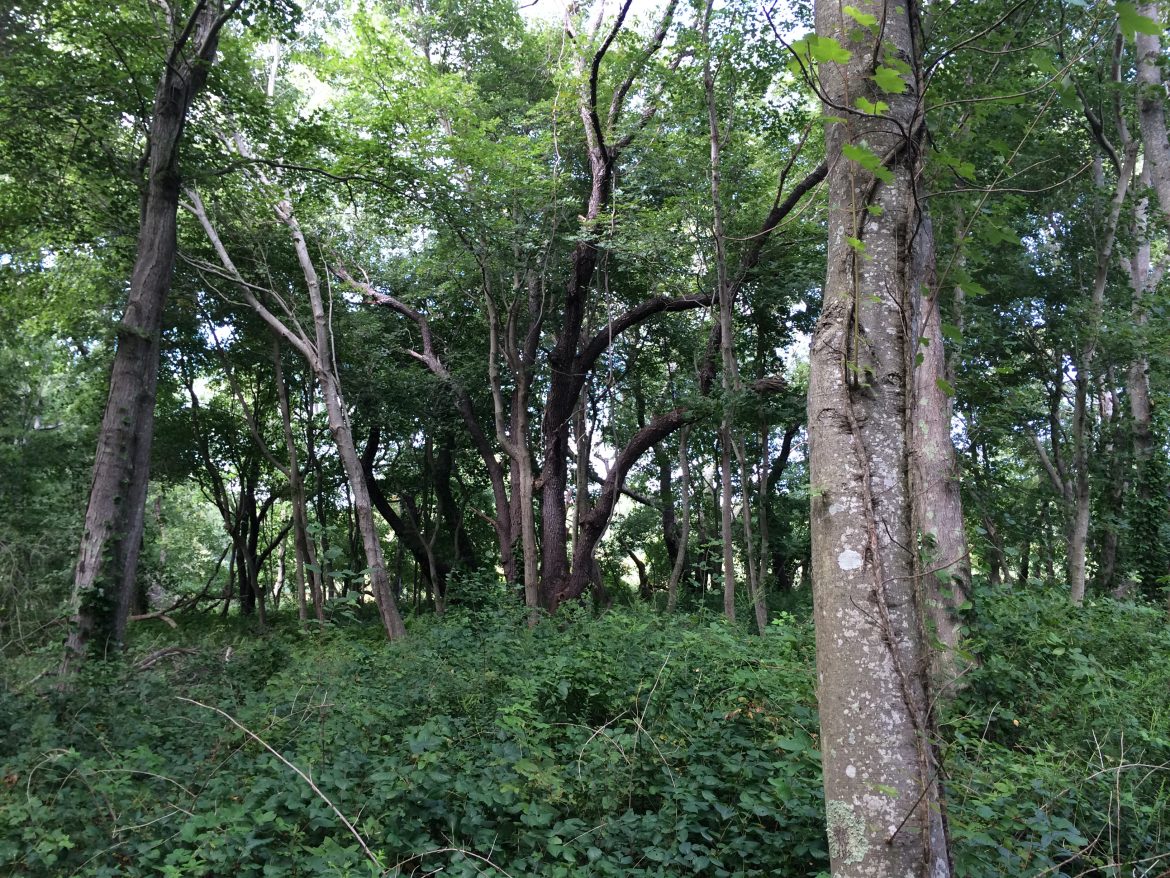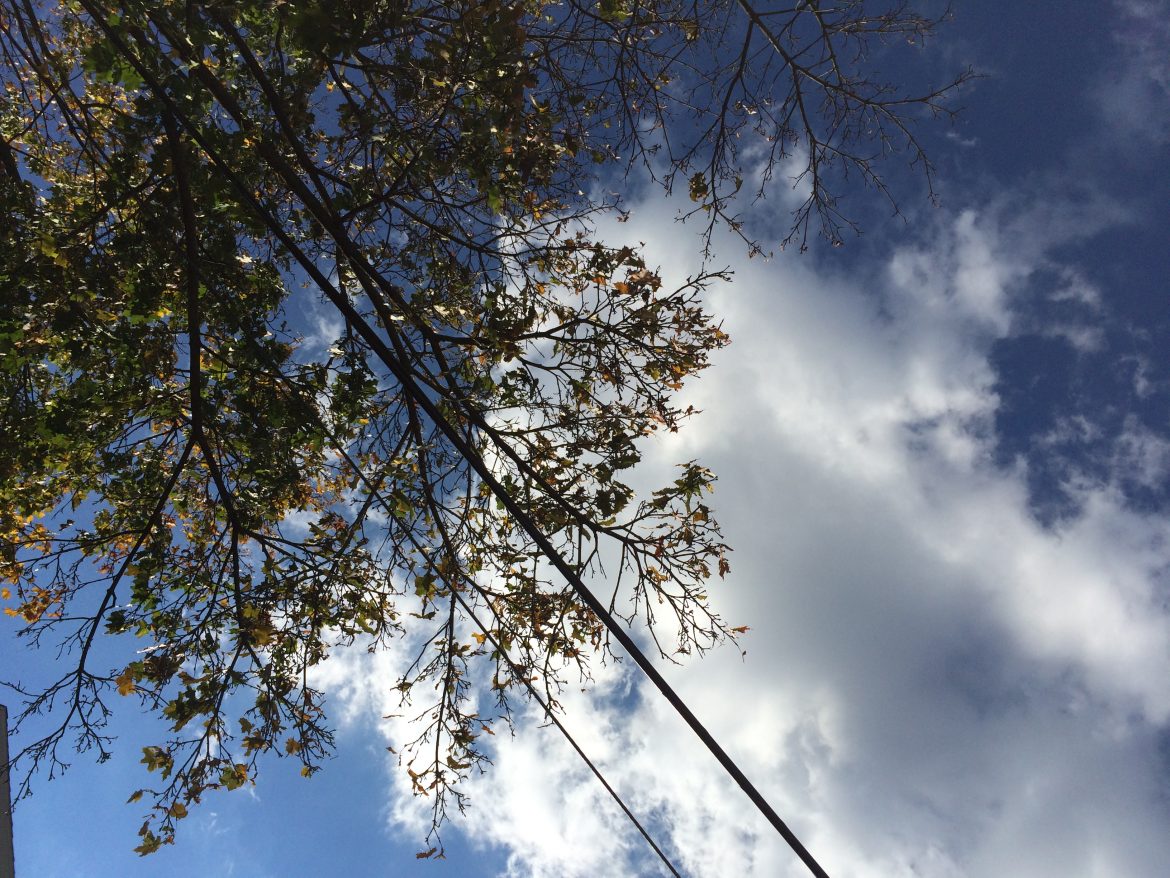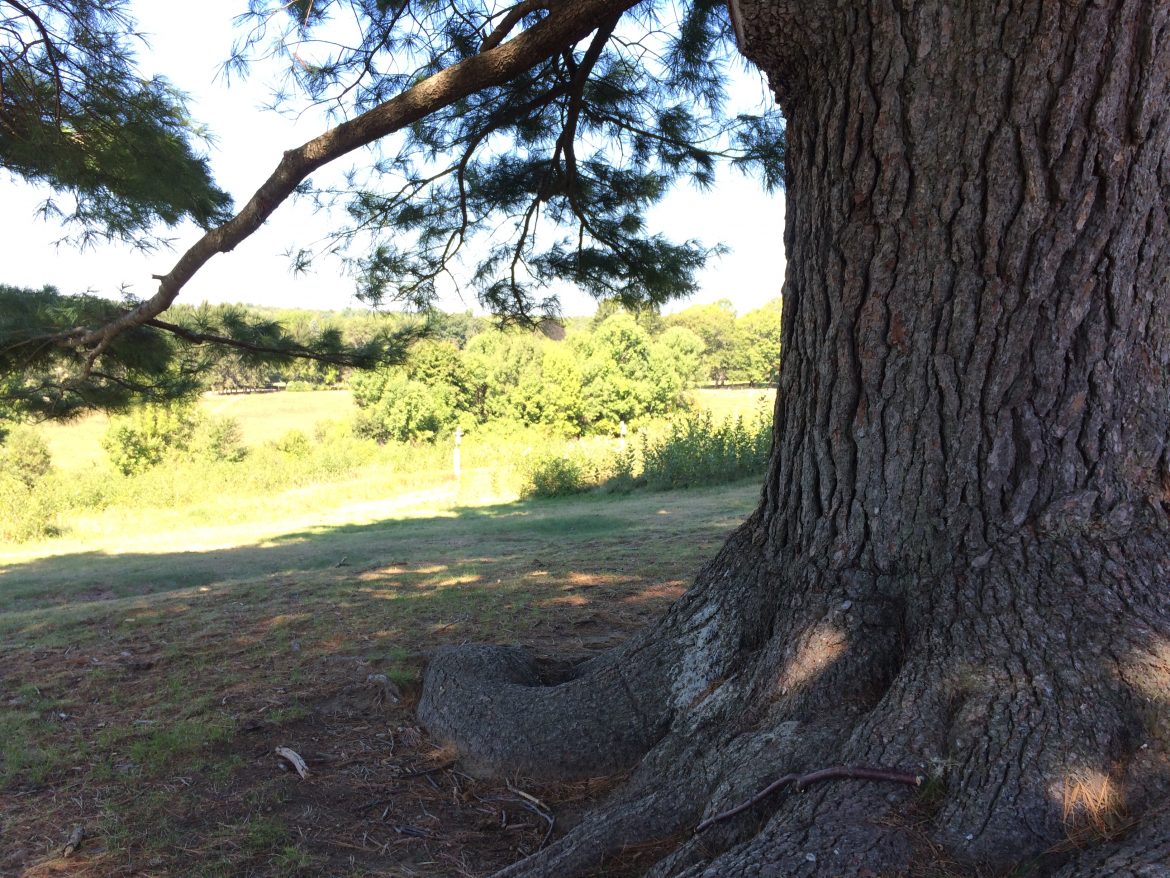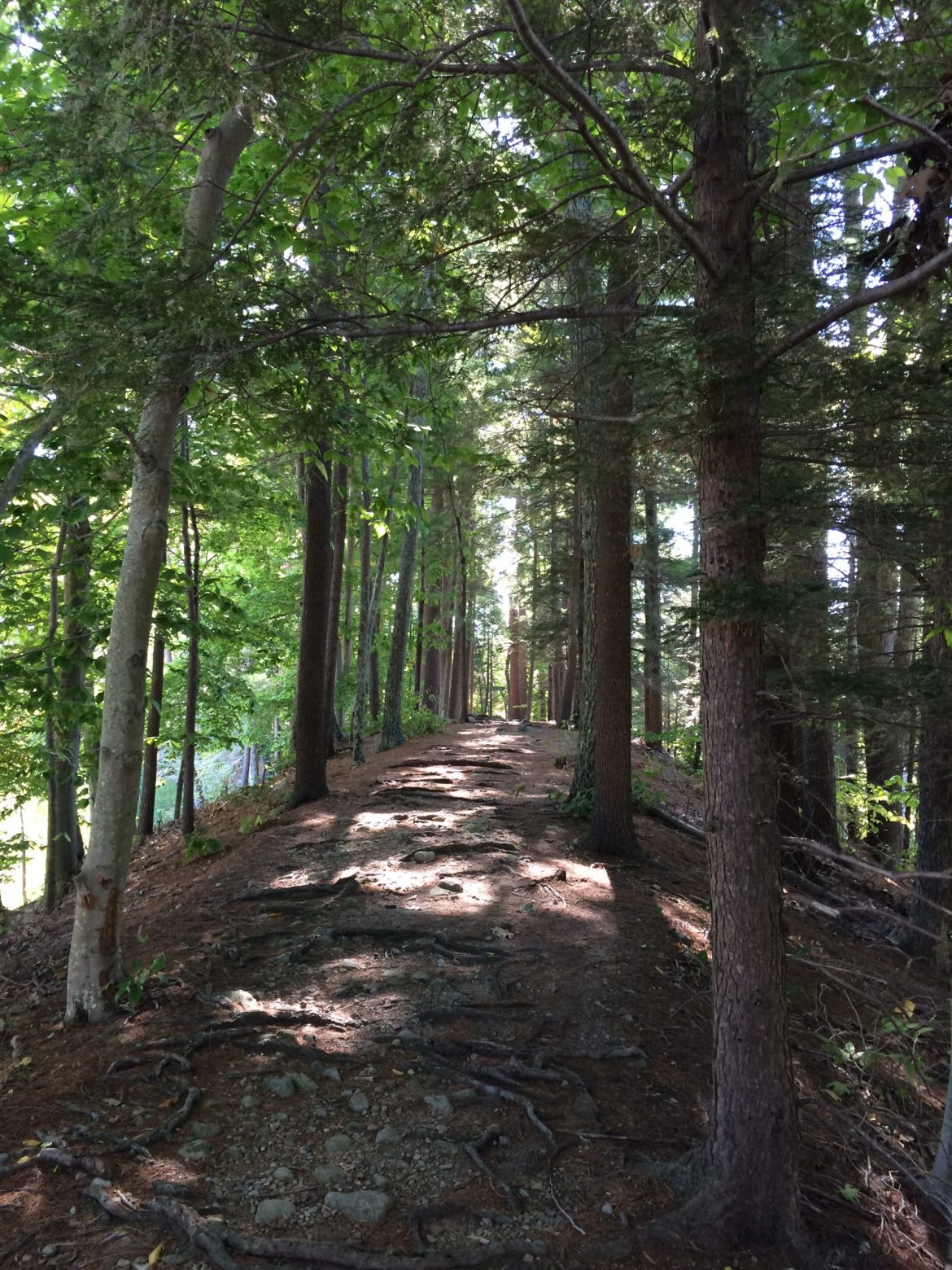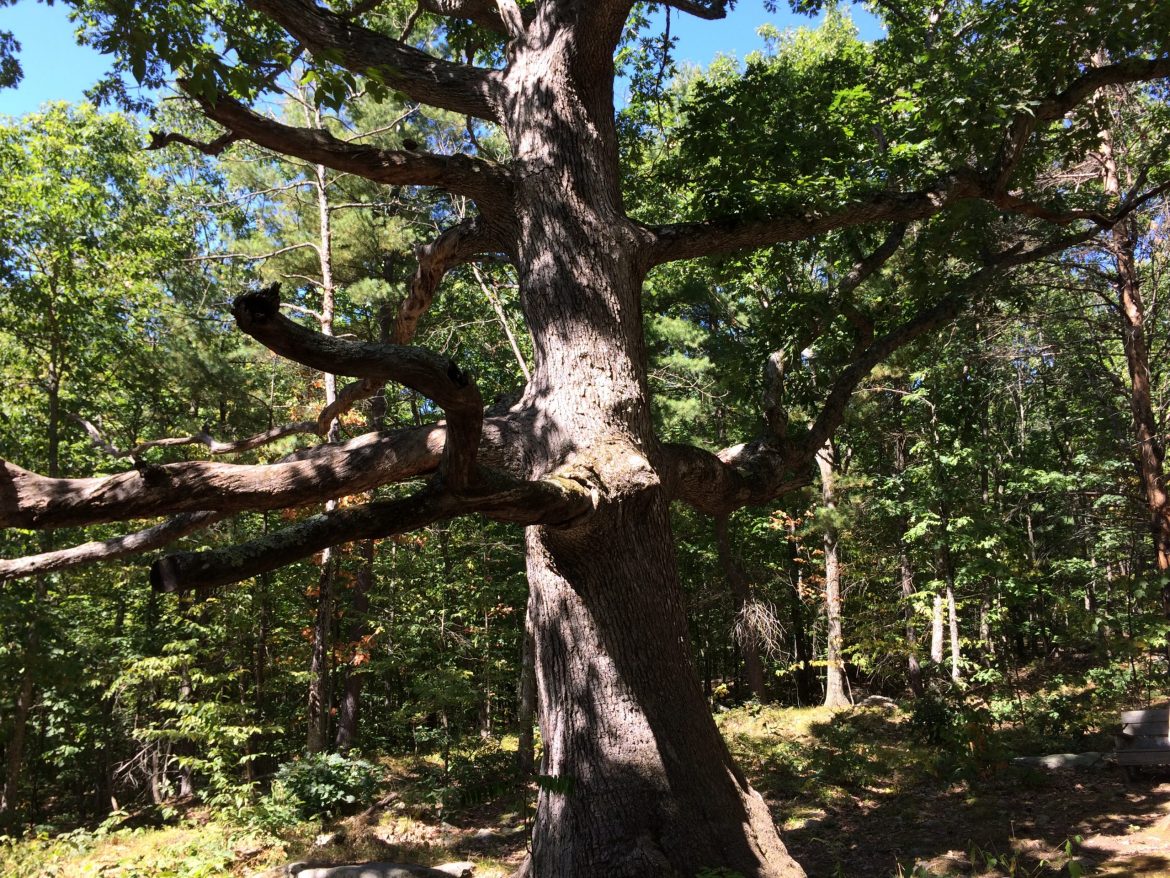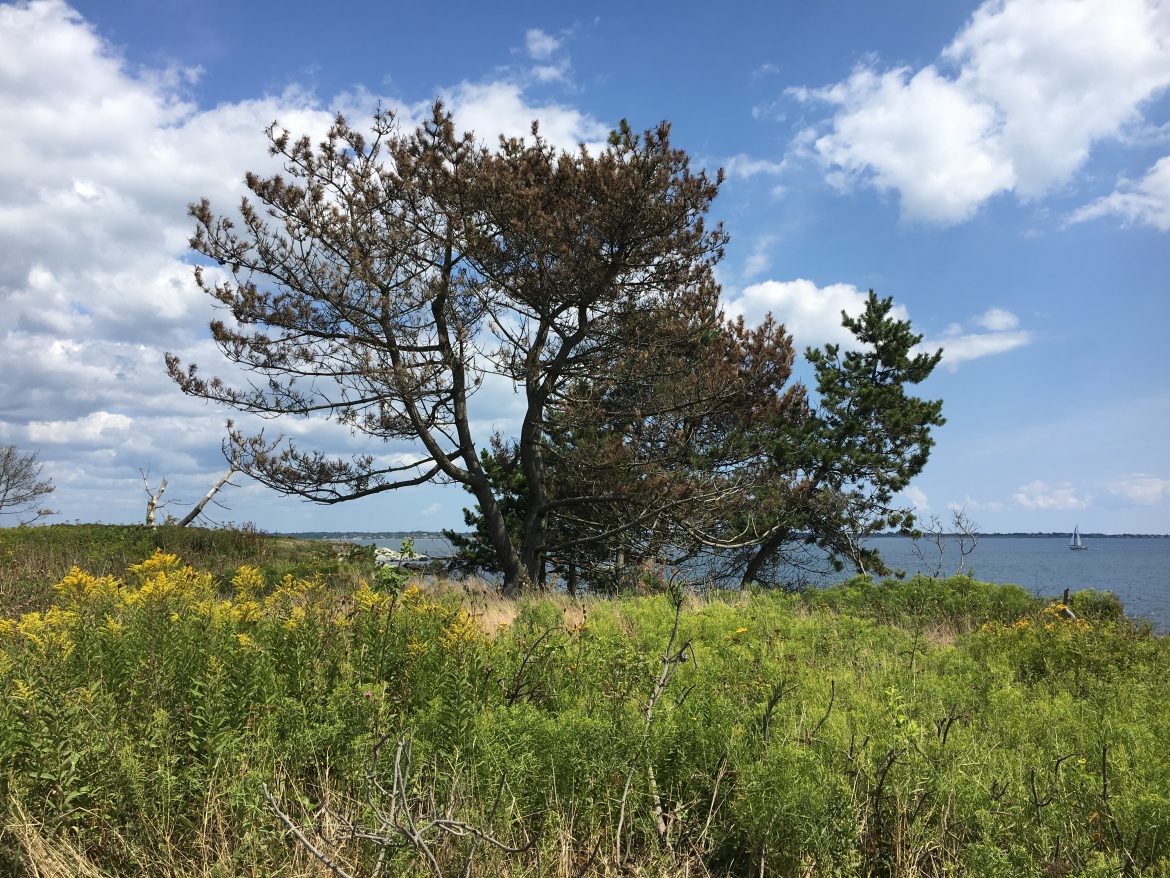nolpodep
We learned last time that if we take it that humans are here to tend the earth and keep their society moving, than we individually are here to reduce friction and improve communication with each other. The most hands-on way is of course to be a direct vehicle in the reduction of that friction, but it’s pretty great anytime we work to avoid causing friction or bungling communication when a clearer choice was available.
Although it sounds pretty manageable to say “Society can live on indefinitely if we just talk to each other with more intent”, one can still ask what the catch is and where we are expected to begin. So, for those of us who really need this whole meaning of life thing handed to them on a plate, step one is to know yourself. You can think you know everything about another person, nation, or culture, but if you don’t understand your own, if you aren’t honest with yourself about yourself, then you’ll simply never get it.
Think back to one of the first episodes of this season when we spoke about your elevator pitch, and how you would expand it to a 10 minute introduction about yourself. Ten minutes is a long time to speak and you likely created quite a list. I mentioned “buckets” at that time and you may have started to categorize your bullets into “physical”, “social”, “family”, “financial”, “education”, “hobbies”, etc. The number of buckets and the naming don’t entirely matter. It is more important that you see which of your named buckets you lean too heavily on. If your physical bucket seems to be overflowing, you might consider whether you focus too much on your illnesses, battles, hospital visits, and expect those around you to be as engaged as you are (they’re not). Contrarily speaking, there may no bucket about hobbies for you, because you have none, maybe you have no time because you are hyper-focused on your career. This may be fine for you, but as you begin to interact with the world, you may find you are less effective because you are unable to swing from topic to topic when conversations change in a group setting. You just hope it will come back around to your glory days in high school, for instance.
Halfway through now so let’s bring out the power questions: Why are you here? Why are we here? And if there’s time in this episode, “What is the meaning of life?
I’ve thought long and hard on these questions over the years and this is one instance where the distant one is easiest to answer and leads us, also unusually, to the question about ourselves.
First, let’s think of the Greek proverb that says “A society grows great when old men plant trees in whose shade they shall never sit.” The ergo’s (keeping Greek here) are we need to keep the planet alive and we need to care about what it will be like even after we’re gone (the pack-in/pack-out state park philosophy). Notice it says nothing about caring for family members or who will actually sit in that shade. That all seems irrelevant to the point that we should leave things in better condition than we found them. That geezer wished there had been a shade tree for his bald head so he thought it would be nice to prepare one for someone not even born yet. There’s a folk song whose lyrics also expound, urging us to leave a bucket of water full at the top of the well so that the mechanism is able to be restarted later.
Now, just think of all the trees we’ve planted since ancient Greece. Motivations may vary but we have been successful so far at ensuring that there is an inhabitable earth waiting for those who will live on after we are gone.
And all those generations have worked on one project continually since then; that of removing friction to reduce distance. First it was proximal distance: how can we reduce the distance village home to home. Turns out there was another option, to reduce the temporal distance by allowing us to get there quicker through improved transportation. And then, we invented a proxy which became acceptable. With telegraph, telephone, email, texting, and videochat, we have created a throughline of improved communication that has eliminated friction altogether by letting us accept the visage of one we hold dear in favor of the delays of travel.
That is the goal of our society: to make continual improvements in communication. Then what is our purpose as individuals? If we’re not improving those modes of communication directly then we need to look closer to home at our nearby relationships and try to improve them. Should that feel too daunting, the very least we can do is reduce friction of interacting with others.
How is that achieved? Simply by being open, real, authentic, truthful, accurate, honest. The list goes on but here’s a hint, they’re all synonyms.
So we have to love one another but because we need to walk before we can run, we’ve got to deal with the plank in our own eye. We must learn about ourselves. That is the germinal stimulus that will keep society moving and better all the time.
We closed last week thinking about the ways in which our DPN tree of possibility can remind us of the sheer number of coincidences and unplanned events which make up a large part of our life’s path. If you could predict it all, what fun would it be, anyway? Is there something to be learned when we just admitted that our past is passed and our future is unknown? Absolutely, there is. If we focus on the present moment, I won’t say that we will gradually train ourselves to recognize a fluke that may result in a bonanza ten years from now, but it will help you to recognize the beauty in the small moments. We often think, parents, especially, that the long life we live is all about our trips and good fortune but do you really remember a fraction of the 18 birthday gifts you received before high school graduation? If you received more than one per year the sample size increases but I still would presume the total you remember would be identical, and nearly zero. But you surely remember what your grandmother’s kitchen smelled like or the way you were taught to bait a fishing hook. It really is the smallest things.
While on the topic of youth and of raising the next generations, I’d like to diverge a bit here. I am not a parent, and don’t pretend to be one or understand the joys and hardships that all happen when I leave the home of a niece and nephew, or goddaughter and return the next time. But I am observant and for some reason, little kids can always tell that I’m not going to put up a fight so I’m the visitor who gets punched in the gut, hair messed up, and teased. I love all that, by the way. I’d like to think that when it matters I make a pretty good role model.
So, when I suggest that we focus on today and search our trees of possibility for those individuals who mentored us along the way, I do know what I’m talking about. Some were teachers and parental figures who had to look after you. But others were just an older coworker or a more experienced peer student in your new school that first day you thought you’d die without your old town’s classmates.
Those last few had no idea that they were helping you and may not have considered themselves paragons of virtue and good behavior, but they were. And so are you. Next time you’re out, take a look at the younger people, or those who have something to learn from someone like you. Some years from now you may be gone but they’ll still be writing your names in their No Other Life workbook. Think of the influence you have.
It’s generally easy to find those who are younger than you, perhaps it’s their height, bushier, darker hair or the trendy clothes that you don’t even understand how to put on. It’s the others that are harder to find. The next time you ride the bus, there may be a seatmate who is desperately starting out on the same career path that you did two decades ago, or who wishes just once someone would provide neutral advice on some topic on their mind. The question is not whether you’re ready to answer. Through this series, we’re preparing ourselves for that. Next week, we’ll consider why it is that we would even want to help that stranger.
We closed last time talking about the wisdom to know the difference between those things we can and can’t change. It seems valuable to do a deeper dive here because this is one of the most obvious things that feels impossible to accept.
Firstly, I think it is important for us to realize the difficulties presented by the word “change”. Season 1 was all about change, transitions of time, transitions of focus. But, in last week’s usage, we spoke instead of “change” in terms of making alterations to something that is already a certain way. As far as external things go, they may seem synonymous, but do you see the slight difference when we say (as a noun) that we are going through change versus saying that we have to change something about ourselves (as a verb). In my mind, the verb is fraught in multiple ways. To change something about yourself suggests an error, or a desire to move from bad to good. This sets us up for failure because any day that we good to bed the same way we woke up implies a lack of initiation, which may be wildly untrue when you think about how much time it can take to work through some of the major hurdles of life. Similarly, saying that we hope to change something about someone else suggests a level or control or dominion which we were never granted and which we shouldn’t strive for.
We can’t change anyone else, we can only influence them through our own actions and behaviors. We’ll dig deeper into that at the conclusion of this season.
So, when it comes to considering those things that we cannot change (past tense) and those we can influence (future tense) in seeking to get to the wisdom to know the difference, it may be helpful to try to ask why one thing would be easier or harder to influence.
I think it can be summarized through the lens of “distance”. In terms of proximal distance, we have very little agency at all to make a significant difference in the outcome of something that is far away. The other end of that plank is our inner self, the self closest to us in feet, and you know how hard that is even!
Temporally speaking, you can’t change the past, and the further off in the future something is, the harder it is to make an influence. Ergo, you will have the easiest chance to influence something happening right now.
Emotionally speaking, the term distant refers to someone who has closed themselves while the opposite is an intimate person, who offers information about themselves freely and yearns for the same in those whom they hold dear.
You could run these thought processes likewise for cultural, intellectual, social, technological, generational, perceptual distances. And if my logic is sound, in all cases, they reveal that your greatest impact is seen by focusing on yourself, in order to get “there” for those around us.
That serenity prayer has been around for a century now, and I would propose an update, or at least a shift of emphasis. In the past hundred years, even in our lifetime we have seen developments previously unheard of to each of the three bullets in its wording. Science has led us to far fewer things that cannot be changed, leaving us thinking at times that everything is malleable to some degree. It seems to me that what we need now is wisdom to know what to change.
We’re seeing a significant divide now. When “mankind” makes Neil Armstrong’s “giant leap”, many “men” are left behind, unable, or unresourced to take even that “one small step”. We are not blind to the possibilities available and we watch a small number of us making significant changes to all versions of “self”. Those of us with more significant resources have a much greater range of things that “can be changed” and I’m afraid that sometimes we lose ourselves in that wisdom that is called for. I’m not judging, just observing.
Perhaps what we need instead is to think as a society and not a collection of disconnected people. In so many ways, the moral of No Other Life is that we make greater connection with others when we’re true to ourselves. Our differences are reduced when we, the leaders among us most of all, begin to accept our shortcomings, learn from them, and share our stories.
A prominent figure was approached in a crowd, and a father brought forward a young boy who was struggling with the same affliction as the man. He took several minutes out of his day to encourage that boy and relate to him how far he will go in his own life if he owns it and requires the same of those around him. That moment will be a node on that boy’s tree of possibility for the rest of his life. What if the man had tried instead to hide that part of himself throughout his very public career, or worse yet, mocked the boy.
But there are many other aspects of “self” that we may not immediately recognize as falling under the canopy of those things that we can change. All circumstances will vary, naturally, but you can quickly see how daunting it all can feel.
If you think back to one of your DPN projects and the Tree of Possibility, which illustrated all the potential outcomes that could have played out following your germinal stimulus. Some of those nodes are huge: “Graduated”. But others are so small it’s a wonder they ever made it here: “Bump into a stranger at coffee shop, begin to talk.”
If you were to try to forecast a DPN as it might happen chronologically, you’d likely think of those big ones but likely would never dream about the coffee shop bump, the lost wallet, or the faulty amplifier that caused the concert to end early and for you to leave the arena when it was still daylight and then meeting someone on a walk afterward. Your stories are all different but they are all made up of some number of these major-minor-occurrences.
Last time we talked about the jagged nature of a DPN in real-time and tried to make ourselves feel better by thinking of the fact that only one path could have gotten you where you are today. To further illustrate that point, imagine this jagged line with two fingers holding the germ and two holding the incumbent reference point. If you could pull it out you would end up with a perfectly straight line, complete with nodal dots at all the important markers on that lineage. In fact, if you remove all the words and the legend, your timeline would be exactly like that of anyone else in the world.
How is your relationship to the past? You may think that you don’t think about it much, but I bet you have some degree of comfort or discomfort with time that is distant from you, whether ahead of you or behind.
I’ve spoken many times about various spectra which can be visualized as a plank atop a fulcrum of some kind. You stand astride the plank with a foot on either side and attempt to maintain balance in the middle. In this case, we might picture the future under our right foot and the past under our left. But this time, the plank is actually a full sheet of plywood, the fulcrum is a large ball, and you are in the middle, trying wildly to balance your traditional x-axis, between past and future, while also adjusting to the fact that in the y-axis you now have the added trouble of a new continuum! When you dip into the past, you continually rock between feelings of nostalgia and whimsy at the front, and guilt, grief, and remorse at the back. On the future side you’ve got to organize your balance between hopeful anticipation at the front and anxiety, terror, and dread at the back. It’s a wonder any of us stay neutral in the present day.
As you can envision with this illustration, once you roll too far to the back, and obsess over the darker days of the past, you are highly likely to see the future in a hopeless state as well. This image of a cyclical continuum may feel helpful when thinking of how to channel fear into excitement or embarrassment into performance.
As we learned last season, and have known our whole lives, there is nothing in the past that you can change. Even returning a DPN to refocus on the original goal will still not erase the changes that occurred in the meantime. And there’s really nothing wrong with that if we just realize.
For some, it may prove helpful to consider the Serenity Prayer of Reinhold Niebuhr which recognizes, in a way, our longing to discern the things that are set-in-stone and the ones we can still influence (whether current, past, or future).
Last time, we traced an achievement of ours back in time, through each and every nodal point wherein we had confirmed, affirmed, or established the path that would ultimately get us where we are today.
This process is called Decision Point Navigation and it can be extremely helpful as we observe our lives, looking for habits and patterns. Let’s try another few, to let it really sink in. There’s a second motive for this one.
Think back to the outline you drafted for a 10 minute speech about yourself, this list defines you today. Start with the characteristic, quality, or trait you typically lead with in your more concise, elevator pitch. Perhaps it is related to a passion, cause, hobby, vocation, familial title, etc.
As you work your way back separately for each of these parts of your legacy, you have likely found overlap in many of the lineages. And, due to the nature of the exercise, it is likely that once you have an overlap, it actually becomes a fusion back to the same germinal stimulus. When I originally told you that you would reach a point where you couldn’t go back any further it was because the germ likely came out of nowhere, placed before you as a likely unremarkable stimulus but in that time and place it struck you, captivated you, and hasn’t let you go. This is usually the way.
Look through your various DPN diagrams now that you have created several. Notice how many nodes were unplanned, and may have even seemed trivial at the time. But, think of how different your life would be today if you have “called in sick” on whatever may have become the most important day in your present life.
We spoke last season about how change boils down to a stimulus that catches a hold of you and requires you to come to terms with it at some point following an adjustment phase. Which of your adjustment phases were calculated and controlled, which signal to you (now) a period of snap decision and lack of focus?
If you’re left thinking it’s a miracle that you got where you did, you’re not alone. Most people think that when they go down this path. And to watch it play out in chronological order, you’d be right to think about it. You may have started out intending to be an astronaut, but didn’t get into the school that would facilitate that path, so you tried another, where you were assigned a roommate who introduced you to a friend, who had a shared love of astronomy with you, which got you to spend more time with each other, during which you learned to love the same type of music, and when you went to a concert with them you ended up assisting a wounded animal in the street, which led you to explore veterinary sciences and at your first internship you met the person who would become your spouse. Very zig-zaggy indeed, but this is very common. Your life likely has some wild path like that. It looks almost like a drawing of a lightning bolt. Every node had several options, you chose one, and saw where it would go. Complete chaos on the page.
Furthermore, imagine if you were to plot out all the alternate endings from every single node. More chaos, to be sure, but if you pull further out you’ll see it’s a beautiful Tree of Possibility, all stemming from the germinal stimulus that set you on a path from generic to your present day glory!
And, much like completing a maze in reverse, when you walk this astronaut to animal doctor story through as a DPN (that is, in reverse), you see there is exactly one path that got you here today. Any other choice at any other time would have introduced myriad stimuli that are foreign to your actual story, represented by the alternate paths on your tree. And, any of which could have stumbled into remarkable territory and changed your entire life.


